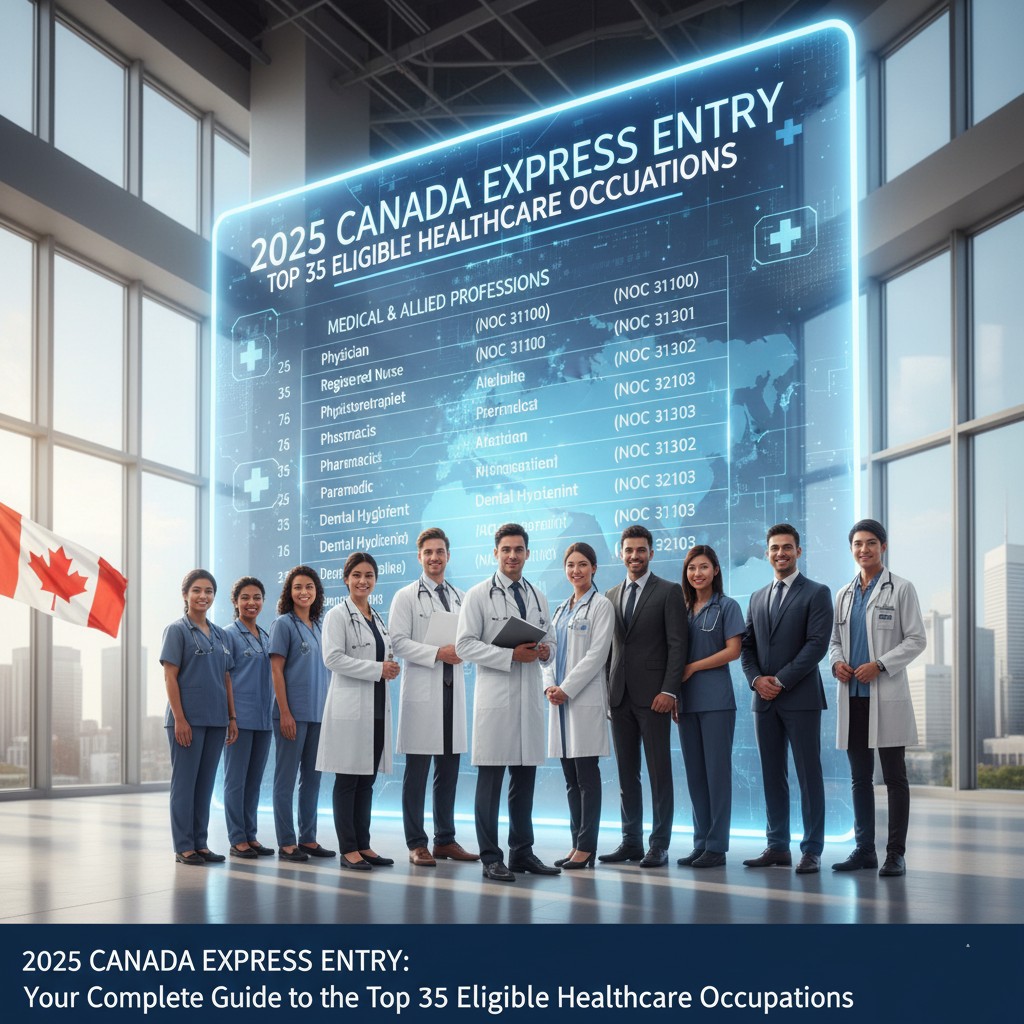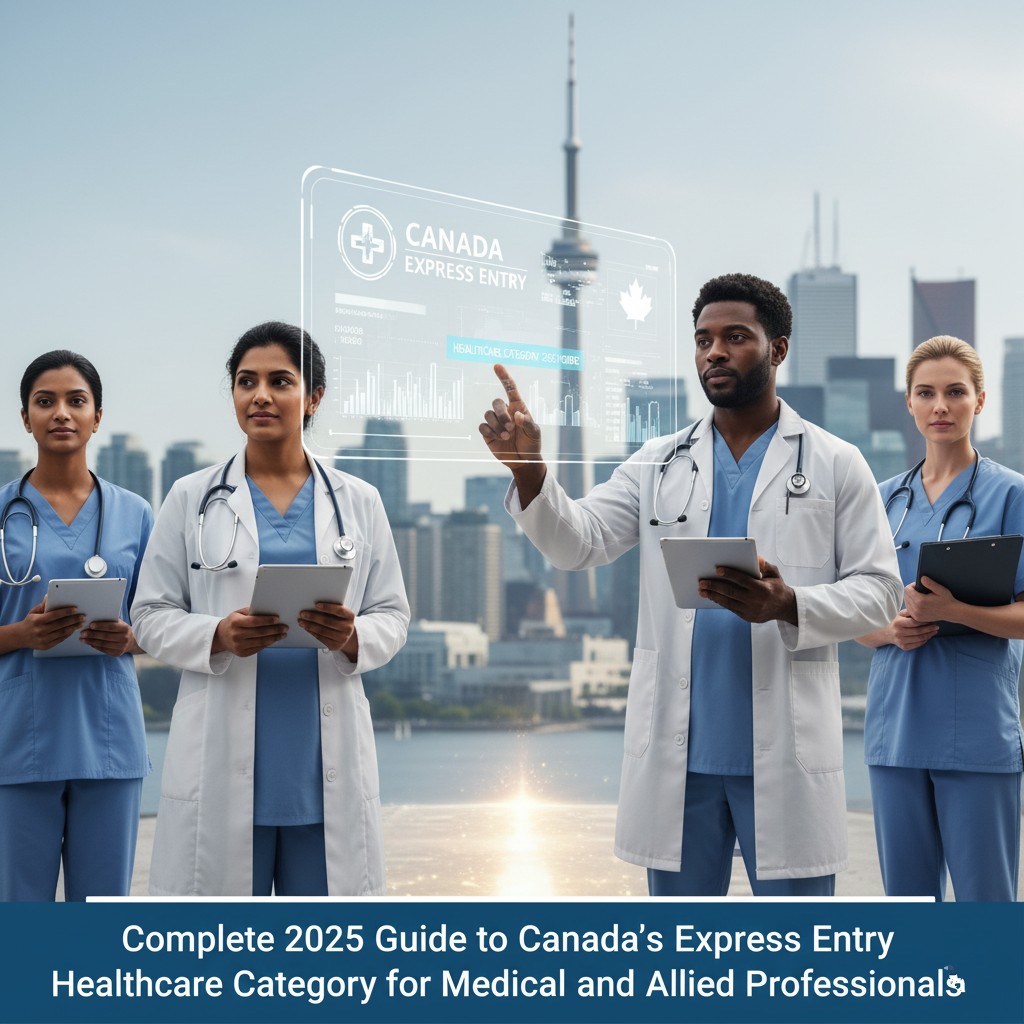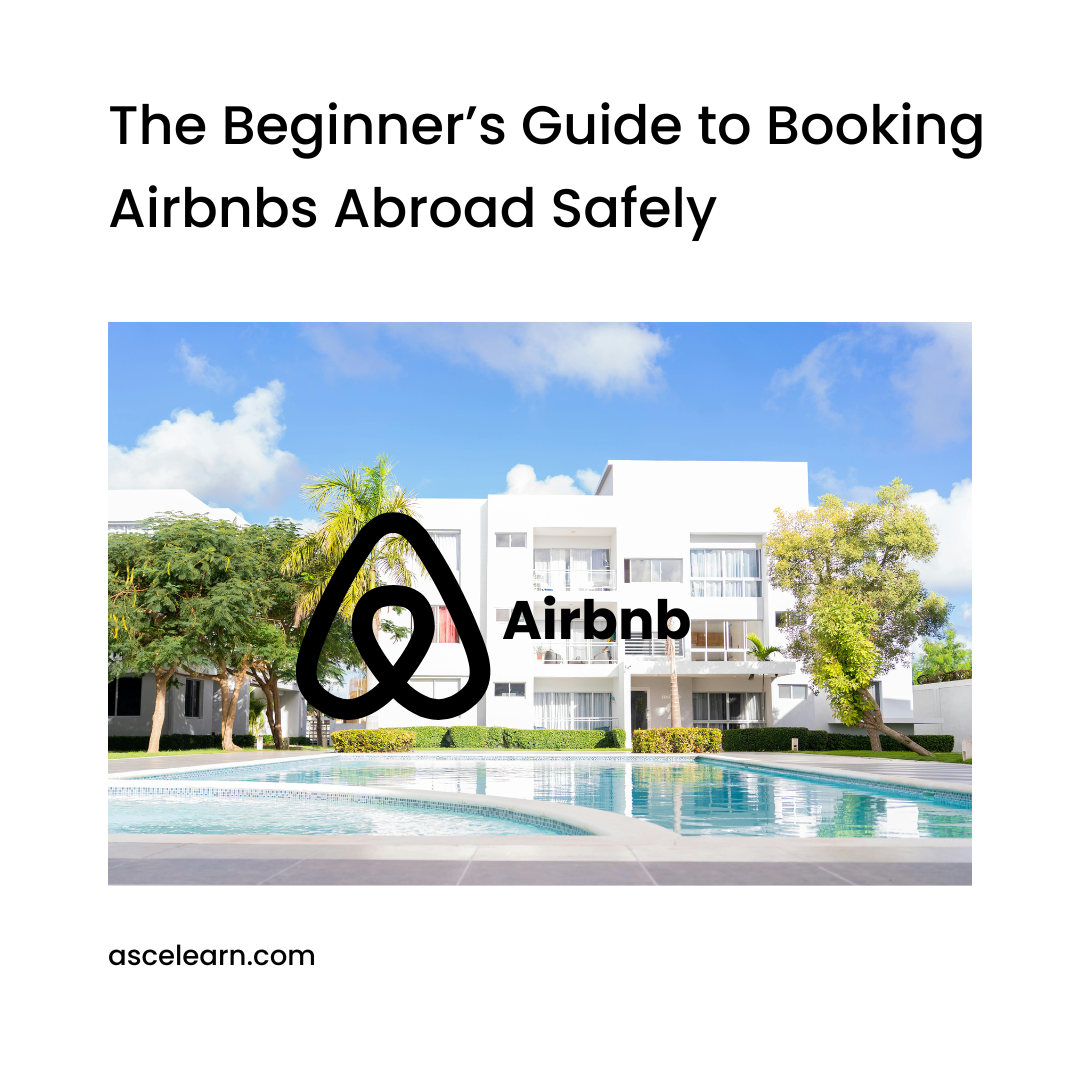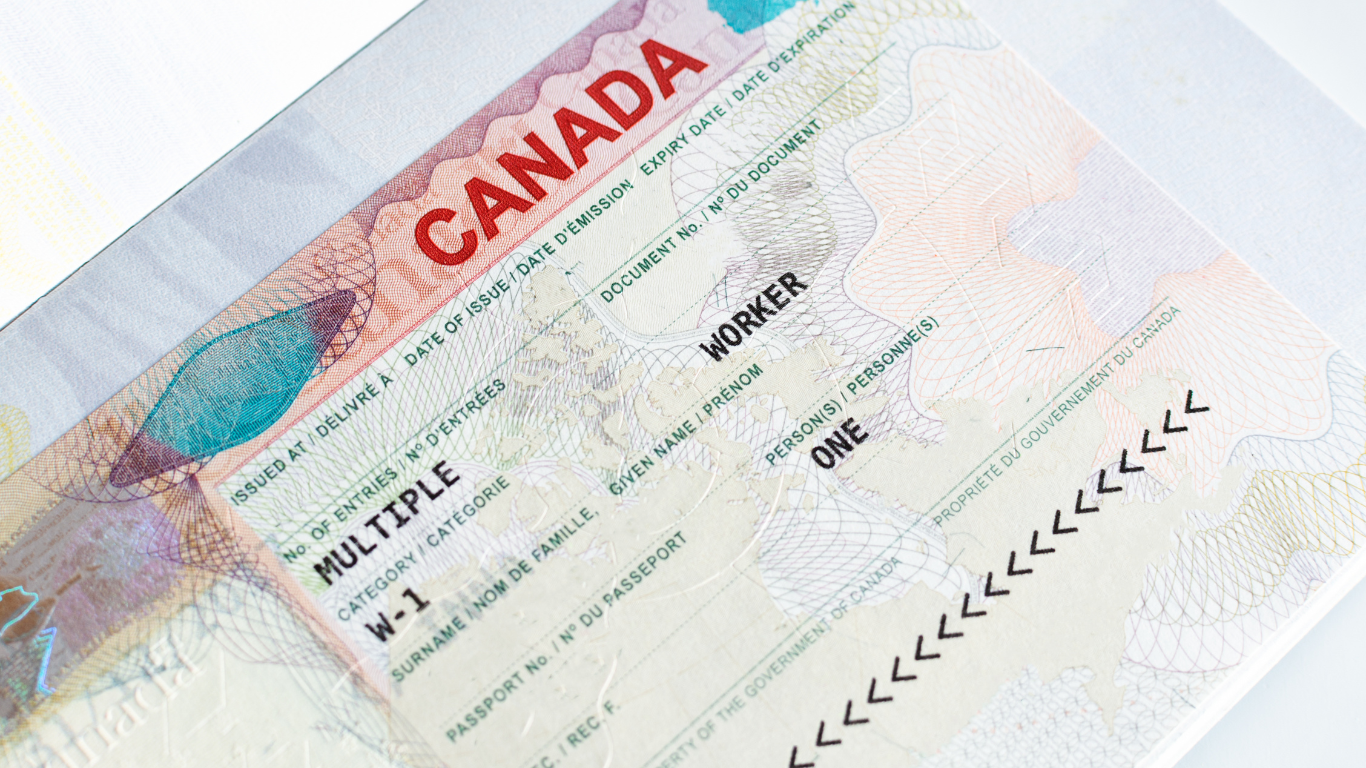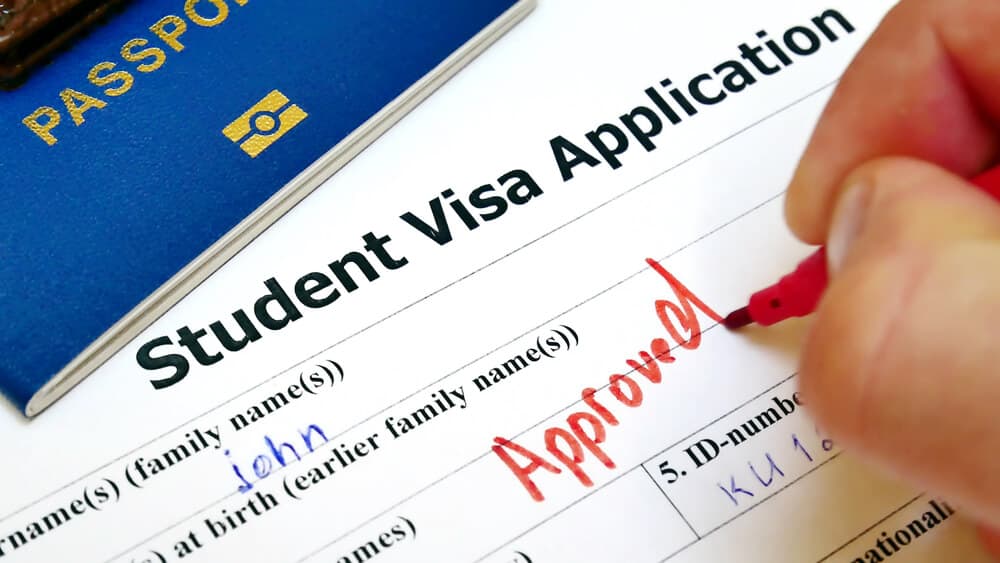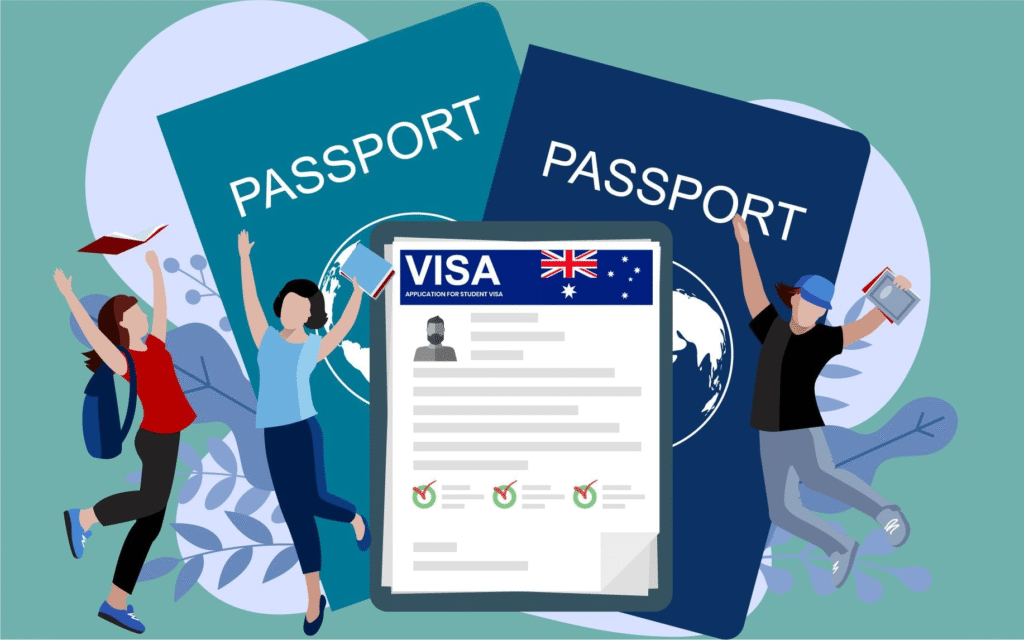Canada is actively recruiting global health professionals to strengthen its healthcare system, and the Express Entry system is your fastest route to permanent residence. Through targeted category-based selection draws, Immigration, Refugees and Citizenship Canada (IRCC) prioritizes candidates with experience in specific, high-demand fields.
If you’re a healthcare worker dreaming of moving to Canada, this guide is for you. We’ve compiled the complete list of the top 35 healthcare occupations eligible for Express Entry draws, complete with their NOC codes and key details to help you kickstart your Canadian immigration journey.
Why Canada is Fast-Tracking Healthcare Workers
Canada’s healthcare sector is facing significant workforce shortages due to an aging population and growing demand for medical services. To address this, IRCC now regularly holds Express Entry category-based draws specifically for healthcare professionals.
The advantage for you is profound: these targeted draws have significantly lower Comprehensive Ranking System (CRS) score requirements. While general draws might require scores above 530, healthcare draws have invited candidates with scores as low as 410-450. This is a game-changing opportunity for qualified medical professionals worldwide.
The Complete List: 35 Healthcare Occupations for Express Entry
To be eligible for a healthcare-specific draw, you must have at least 6 months of continuous work experience in one of the following eligible occupations within the past three years.
Here is the definitive list of health occupations for Canadian immigration, organized by field for easy reference:
🧑⚕️ Physicians & Specialists
- NOC 31100 – Specialists in clinical and laboratory medicine
- Includes: Cardiologists, Anesthesiologists, Dermatologists, Psychiatrists
- NOC 31101 – Specialists in surgery
- Includes: General Surgeons, Orthopedic Surgeons, Neurosurgeons
- NOC 31102 – General practitioners and family physicians
- NOC 31103 – Veterinarians
- NOC 31110 – Dentists
- NOC 31111 – Optometrists
- NOC 31112 – Audiologists and speech-language pathologists
- NOC 31120 – Pharmacists
- NOC 31121 – Dietitians and nutritionists
👨⚕️ Nursing Professionals & Assistants
- NOC 31300 – Registered nurses and registered psychiatric nurses
- NOC 31301 – Nurse practitioners
- NOC 31302 – Physician assistants, midwives, and allied health professionals
- NOC 32101 – Licensed practical nurses
- NOC 33100 – Dental hygienists and dental therapists
- NOC 33101 – Medical laboratory technologists
- NOC 33102 – Nurse aides, orderlies, and patient service associates
- NOC 33109 – Other assisting occupations in support of health services
🔬 Allied Health Professionals & Technologists
- NOC 32100 – Opticians
- NOC 32102 – Paramedical occupations
- NOC 32103 – Respiratory therapists, clinical perfusionists, and cardiopulmonary technologists
- NOC 32104 – Animal health technologists and veterinary technicians
- NOC 32109 – Other technical occupations in therapy and assessment
- NOC 32110 – Denturists
- NOC 32111 – Dental technicians
- NOC 32112 – Dental assistants
- NOC 32120 – Medical laboratory technologists
- NOC 32121 – Medical radiation technologists
- NOC 32122 – Medical sonographers
- NOC 32123 – Cardiology technologists
- NOC 32124 – Pharmacy technicians
- NOC 32129 – Other medical technologists and technicians
🧠 Therapists & Rehabilitation Specialists
- NOC 32200 – Chiropractors
- NOC 32201 – Physiotherapists
- NOC 32209 – Other professional occupations in therapy and assessment
- NOC 42203 – Instructors of persons with disabilities
Click Here To Learn More: Best Canadian Provinces for Healthcare Workers in 2025
Understanding the 3 Key Eligibility Requirements
Simply having experience in one of these occupations isn’t enough. You must meet these three core requirements to be eligible for a healthcare category draw:
1. Express Entry Program Eligibility
First, you must qualify for one of these three core programs:
- Federal Skilled Worker Program (FSWP): For skilled professionals with foreign work experience
- Canadian Experience Class (CEC): For those with Canadian work experience
- Federal Skilled Trades Program (FSTP): Relevant for some technical healthcare roles
2. Healthcare Work Experience
You need at least 6 months of continuous full-time work experience (or equivalent part-time) in one eligible healthcare occupation within the past 3 years. This experience can be from Canada or abroad.
3. Complete Express Entry Profile
You must have an active Express Entry profile in the pool, accurately detailing your healthcare work experience under the correct NOC code.
Your 5-Step Action Plan to Apply
Step 1: Verify Your NOC Code & Experience
- Find your exact occupation on the list above
- Ensure your work experience matches the lead statement and main duties of your NOC code
- Gather reference letters from employers that detail your specific responsibilities
Step 2: Begin the Licensing Process
- This is crucial: Contact the provincial regulatory body for your profession
- Each province has different requirements (College of Nurses of Ontario, College of Physicians and Surgeons of BC, etc.)
- Start this process early—it can take months or years to complete
Step 3: Take a Language Test & Get Educational Credential Assessment (ECA)
- Book an approved language test (IELTS/CELPIP for English)
- Get your educational credentials assessed if you studied outside Canada
- Aim for high language scores to maximize your CRS points
Step 4: Create Your Express Entry Profile
- Create a profile at the official IRCC website
- Accurately input all your information, ensuring your healthcare experience is properly documented
- Wait to enter the pool for category-based draws
Step 5: Receive ITA & Apply for Permanent Residence
- If selected in a healthcare draw, you’ll receive an Invitation to Apply (ITA)
- You have 60 days to submit your complete PR application
- Processing typically takes about 6 months

Maximizing Your CRS Score: Essential Tips for Healthcare Workers
Even with lower cut-off scores for healthcare draws, boosting your CRS points increases your chances of being selected. Focus on:
- Superior Language Skills: CLB 10+ in all language abilities can add 32+ points
- Spouse/Partner Factors: Their language skills and education can add up to 20 points
- Job Offer: A valid job offer from a Canadian employer can add 50-200 points
- Provincial Nomination: A PNP nomination adds 600 points (guaranteed ITA)
Common Pitfalls to Avoid
- Incorrect NOC Code Selection: Ensure your job duties match the NOC description exactly
- Insufficient Documentation: Reference letters must be detailed and on company letterhead
- Overlooking Licensing Requirements: You cannot work in regulated healthcare professions without proper Canadian licensure
- Letting Documents Expire: Language tests and ECAs are only valid for two years
Frequently Asked Questions
Q: Do I need a job offer to be eligible for healthcare category draws?
A: No! A job offer is not required for these specific draws, though it will significantly boost your CRS score.
Q: I’m a specialist physician. Is the process different for me?
A: The Express Entry process is the same, but licensing requires additional steps through the Medical Council of Canada and provincial colleges.
Q: How long does the entire process take from start to finish?
A: Typically 9-18 months, depending on licensing requirements and IRCC processing times.
Q: Can my family come with me?
A: Yes! Your spouse/common-law partner and dependent children can be included in your PR application.
Start Your Canadian Healthcare Career Today
The door is wide open for healthcare professionals in Canada. With regular category-based draws and a clear pathway to permanent residence, there has never been a better time to pursue your Canadian dreams.
Your Next Steps:
- Identify your NOC code from the list above
- Research provincial licensing requirements for your profession
- Begin gathering your documents and reference letters
- Book your language proficiency test
- Start your educational credential assessment
Canada needs your skills and expertise. By taking these strategic steps today, you could be on your way to starting a rewarding new chapter in your healthcare career in Canada.
